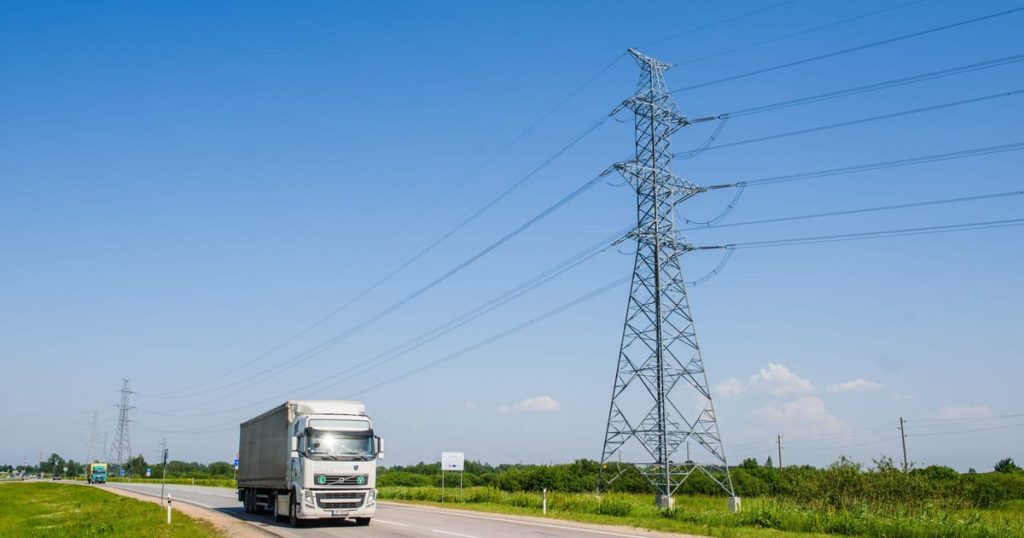Since February of this year, Lithuania’s National Crisis Management Center has observed a shift in strategy by Russian special services. According to Vilmantas Vitkauskas, the head of the agency responsible for managing emergencies and building resilience, Russia has moved away from “soft measures” such as disinformation and cyberattacks. Instead, they have adopted more direct, or “kinetic,” actions. This change in approach has raised concerns about the potential threats to critical infrastructure in the region, particularly in the Baltic Sea area.
One of the key concerns is the unrestricted access of Russian-linked vessels to the Baltic Sea, which could pose a threat to critical energy infrastructure. Vitkauskas has suggested implementing a “concentrated passage” in the sea, where these vessels would be required to cross through a specific, monitored area. This would make it easier to track their movements and ensure that they do not interfere with underwater cables or other vital infrastructure. Additionally, reinforcing undersea cables with materials like gravel could help protect them from potential damage.
Despite these challenges, power grid operators in the region remain confident in their ability to maintain stability and security. Marek Kohv, a former Estonian military official now involved in research at the International Centre for Defence and Security in Tallinn, noted that the necessary precautions have been taken to address any potential issues. However, he also highlighted the ongoing threat of Russian disinformation campaigns, which have sought to exploit people’s fears. Some individuals have been led to believe that they need to stockpile water and tinned goods, amplifying unnecessary anxiety. Kohv emphasized that the real danger lies not in the synchronization with the European energy network, but in the misinformation being spread by Russia.
Experts have also drawn attention to the potential challenges faced by Russia’s own exclave of Kaliningrad, a region located between Lithuania and Poland on the Baltic coast. This area, slightly larger than Montenegro, may face significant difficulties as a result of these developments. The situation in Kaliningrad could further complicate the already tense relationship between Russia and its neighboring countries, adding another layer of complexity to the regional security landscape.
In summary, the shift in Russia’s approach from disinformation to more direct actions has raised concerns about the security of critical infrastructure in the Baltic Sea region. While measures such as monitored shipping lanes and reinforced undersea cables are being considered to address these threats, the ongoing disinformation campaigns continue to pose a significant challenge. The situation in Kaliningrad further highlights the potential for increased tensions in the region, underscoring the need for vigilance and cooperation among neighboring countries to ensure stability and security.
The ongoing developments in the Baltic Sea region serve as a stark reminder of the evolving nature of modern conflicts, where the lines between traditional warfare and information operations are increasingly blurred. As Russia continues to adapt its strategies, it is crucial for governments and organizations in the region to remain proactive in addressing both the physical and psychological threats posed by these actions. By implementing robust measures to protect critical infrastructure and countering disinformation campaigns, the Baltic states can work towards maintaining resilience and stability in the face of these challenges.









